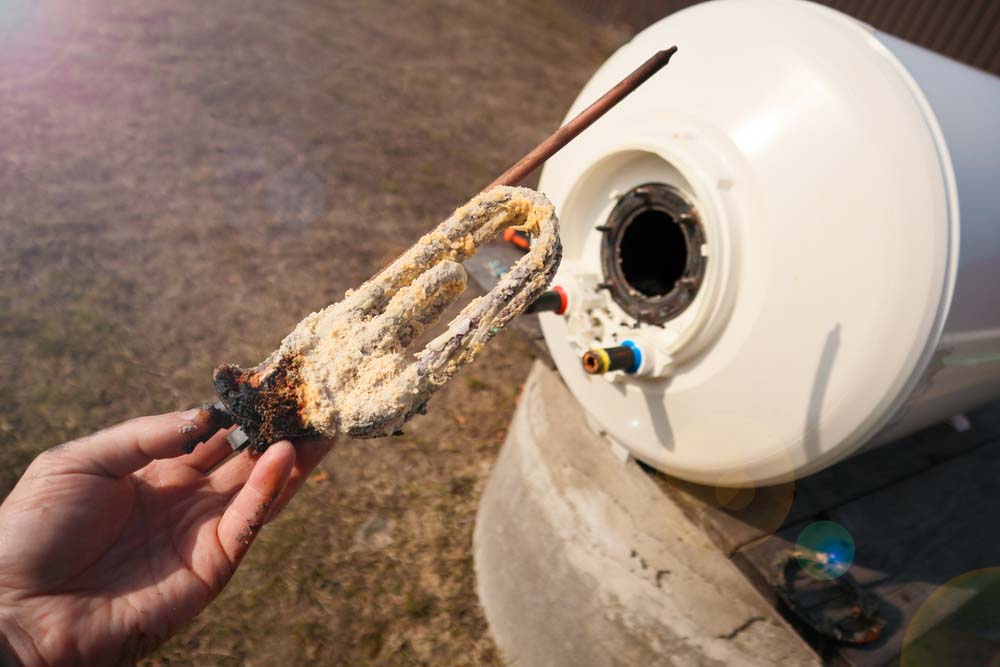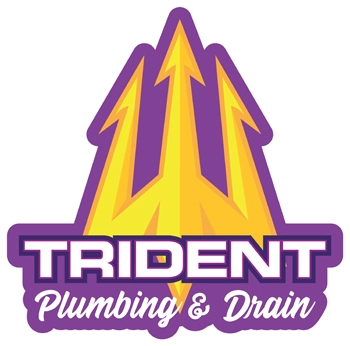
November 3, 2025
Water heaters are among the hardest-working systems in a home, running daily to provide reliable hot water. Over time, minerals and debris from the water supply collect at the bottom of the tank. This sediment buildup may start small but gradually impacts both performance and efficiency. For homeowners, recognizing the signs early can help avoid higher costs and more extensive water heater repair in El Mirage, AZ.
How Does Sediment Form in Water Heaters?
Sediment in a water heater is primarily composed of minerals like calcium and magnesium that are naturally present in your local water supply. When water is heated, these minerals separate from the water and settle at the bottom of the tank. This process is similar to the scale you might see on the inside of a kettle. Over months and years, these small particles accumulate, forming a layer of sediment at the base of the tank. The thicker this layer becomes, the more problems it can cause for your water heater.
What Problems Does Sediment Cause?
The layer of sediment acts as an insulator, creating a barrier between the heating element or gas burner and the water. This forces the heating system to work much harder and for longer periods to heat the water to the desired temperature. This increased workload not only consumes more energy, leading to higher utility bills, but also puts unnecessary stress on the components. In gas water heaters, the sediment can trap heat, causing the bottom of the tank to overheat and potentially crack. Electric water heaters may experience premature failure of the heating element as it struggles to transfer heat through the sediment layer.
Over time, this constant stress can lead to the need for a full water heater replacement sooner than expected. The banging, rumbling, or popping noises often heard from a water heater are a direct result of sediment. These sounds are caused by pockets of water becoming trapped beneath the sediment, rapidly boiling and causing small explosions as they burst through the layer.
Can Water Heater Maintenance Prevent Sediment?
Regular maintenance is the best way to combat sediment buildup. Flushing the water heater tank at least once a year can remove most of the accumulated minerals. This simple procedure involves draining the tank to wash out the sediment before it has a chance to harden and create a thick, insulating layer. Proper water heater maintenance helps the unit operate efficiently and extends its service life.
FAQs
Q: What are the signs of a failing water heater?
A: Signs that your water heater may be failing include a lack of hot water, rust-colored water, strange noises like rumbling or popping, and leaks around the base of the tank.
Q: How often do water heaters need to be replaced?
A: A standard tank-style water heater typically lasts between 8 and 12 years. Regular maintenance can help it reach the higher end of that range.
Q: Does sediment buildup affect tankless units?
A: While a tankless water heater doesn’t have a tank for sediment to accumulate in, it is still susceptible to mineral buildup, also known as scaling. Hard water minerals can restrict flow in the heat exchanger, which can reduce efficiency and cause damage over time. Regular flushing is still necessary for tankless units.
Sediment buildup is a serious issue that can impact the performance and longevity of your water heater. By understanding how it forms and the problems it creates, you can take proactive steps to protect your investment. A little proactive care can go a long way. As a veteran-owned and family-operated company with over 10 years of industry experience, Trident Plumbing & Drain is dedicated to providing reliable and trustworthy service. Call us today to schedule an appointment.
by RTM Design




